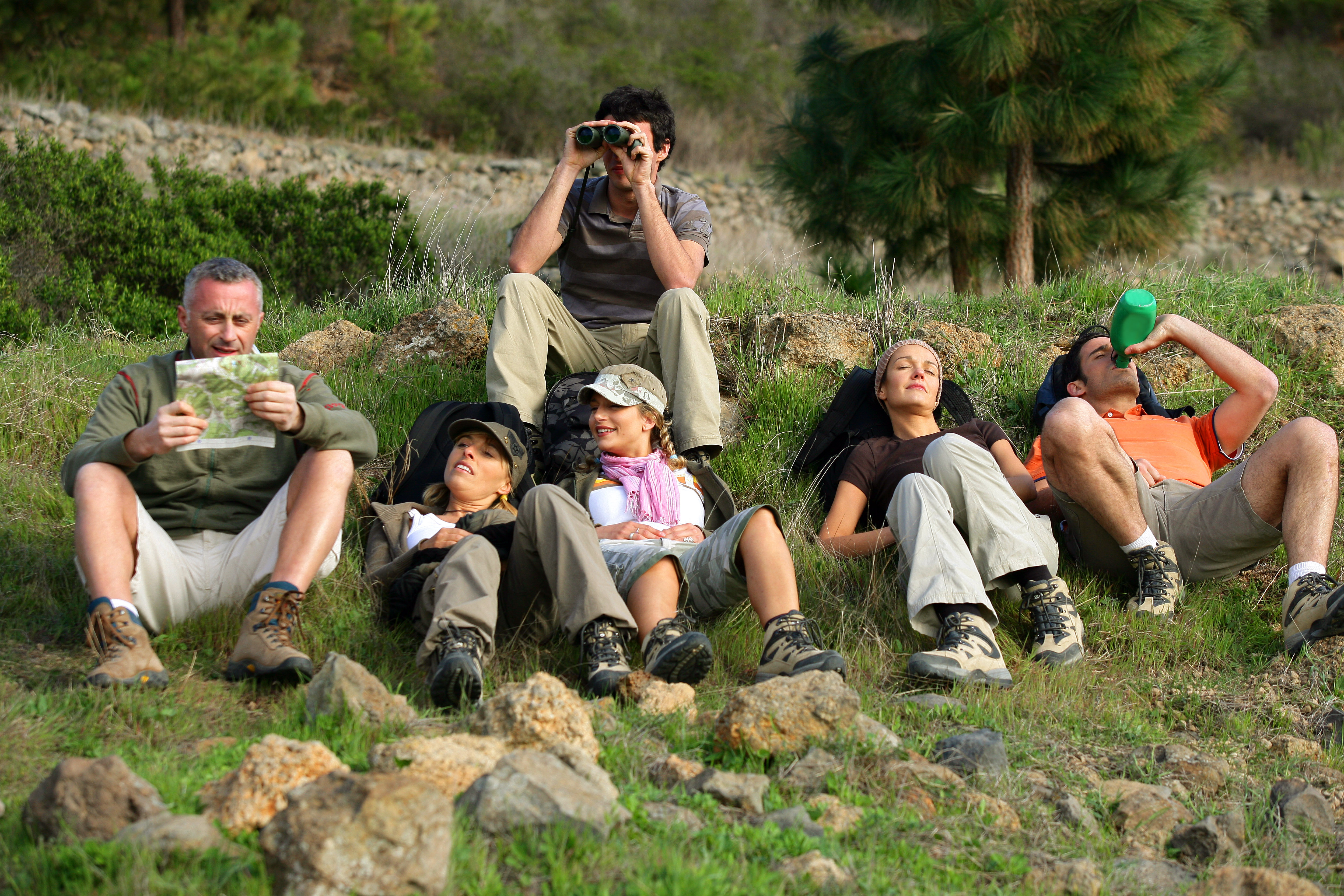Planning for a Large Group

You’ve had your friends and family over and now you are ready to share your woods with an even wider audience. Perhaps a local Scout Troop or youth group is looking for a field trip? Your state legislature is discussing a bill that would affect your woods and could benefit from seeing first-hand sustainable forest management? Or your forester has asked you to share your property with other local landowners? Follow these steps and you can feel confident in planning an event that will highlight your woods and the good work you do.
1. Create your guest list.
If you are interested in a larger group, consider including:
- neighbors
- family
- colleagues
- students
- children / Scout groups
- natural resource professionals
- government officials
- local groups you are a member of
- church members
- other business leaders in your community
2. What do you want to share?
Based on your audience, you may have one or more objectives.
- teach a specific management activity
- share an overall appreciation for ecosystems and the dynamics of nature
- address a "hot" issue or provide general overviews
3. Where do you want to go in your woods?
Likely there are numerous locations on your Tree Farm that are not necessarily "on the beaten trail."
- Does the site showcase what you want to share with your guests?
- Is it easily accessible by foot?
- Have you conducted special management activities on a particular site?
- Are bathroom amenities available?
- Is there room for vehicles at the meeting point location?
4. Be counted!
- Take advantage of colorful autumn foliage.
- Look at school schedules.
- Coordinate a date to tie in with spring’s Arbor Day or Earth Day.
- Does your community have a ‘special’ day that is locally celebrated?
5. Develop a plan.
Do not hesitate to contact the forester who helps you manage your property for assistance in your walk in the woods. Support can also come from American Tree Farm System members and volunteer foresters, Project Learning Tree® trained facilitators or educators, local naturalists and forestry colleagues, an Extension forester, a local university or high school resource instructor.
- Decide what your want to show, and what you want your guests to learn at that site(s).
- Consider hosting a picnic lunch, catered by your family, a local restaurant, or other co-hosting organization.
- Check with a local seed/tree nursery about donations of seedlings or seed packets.
- Contact local media; usually they are receptive to radio, newspaper and/or television coverage.
- Consider seeking local sponsors, with whom you do forestry or other business, for support to offset the costs of the day.
6. Layout locations/field stops.
- Take a pruning saw and shears to the wood and trim vegetation in strategic places so visitors—young or old can make their way along the path.
- Make certain that the central meeting point has enough room for the expected number of vehicles to park, and to turn around. If it is a field, do you need to mow it to reduce fire hazard from the vehicles?
- Decide if the walk will be led by you, by another professional, or will be self guided.
- Have maps available that help your guests know where they are and where they are going.
- Is anyone trained in CPR? Do you have water stations? These are important to ensure a safe and enjoyable walk.
7. Plan for a safe walk.
By sharing your Tree Farm with others you can help spread the word about the importance of family forests to wildlife,clean water, recreation and wood products. We want to encourage you and your guests to enjoy the day safely. A fewitems to check:• Make sure there
- Make sure there are no low hanging tree limbs blocking the path of your walk.
- Walk your woods ahead of time: Make sure that the trail is in good shape and there is safe and sound footing for your guests. Think about what you can highlight on the walk.
- Offer an alternative path if the walk goes near a water’s edge.
- Ensure young children are supervised at all times.
- Make sure restricted areas are clearly marked.
- Pay particular attention if your guests will be using motorized equipment such as all-terrain vehicles or farm tractors. Will there equipment that guests may need hard hats or safety goggles for?
- Review your property’s insurance policy and/or seek professional legal advice for specifics to your property.
As a landowner, you will incur some risk when people are on your property. For more information, you can review Timberland Liability: Are You at Risk? in the Nov/Dec 2009 issue of Tree Farmer Magazine.
8. Teach the children — and have fun too!
Project Learning Tree®, the environmental education program of the American Forest Foundation, has lots of fun activities to do with children—and adults! Check out www.forestfoundation.org/familyactivities for a list of activities that are perfect for a walk in the woods with family.


